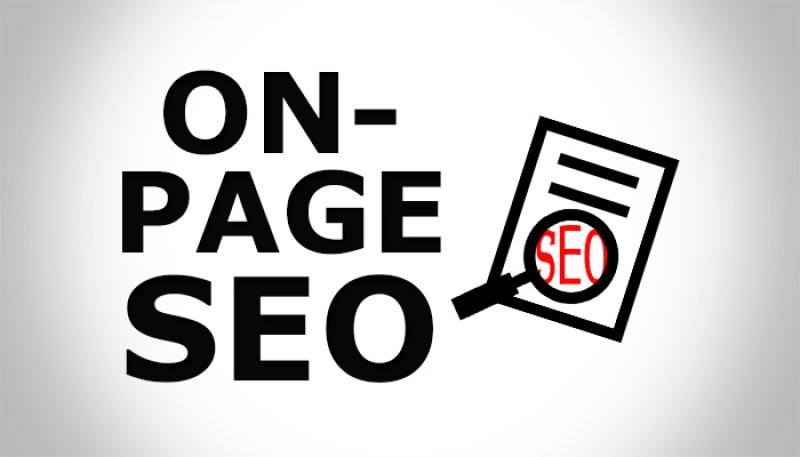
October 12, 2016
Latest On-Page SEO Optimization Tips & Techniques to Boost Your Ranking
Why take all the time to create a beautiful website but not have it indexed correctly? These tips will help boost your ranking to get your website on its way to the first page. There are two different types of SEO: on-page and off-page SEO. On-page SEO refers to all measures on your website that will improve its position in the search rankings. Here are 14 tips and techniques created by GreatLike Media, an Orange County SEO company.
1. Title Tag
A title tag is the title of the search engine results. According to Moz, if you keep your title tags under 55 characters, at least 95% of your title will be displayed in the search results. Have your keyword closer to the beginning of the title so it will have more weight when ranking.
2. Meta Description
This is displayed right below your title tag. Include primary keywords, and be meaningful and descriptive. Keep the description under 160 characters otherwise it will be cut off.
3. URL Structure
Keep your URLs descriptive and tidy. Meaning having a super long link that has a whole bunch of random letters and numbers is not ideal. Instead try the shorter and cleaner the URL is, the higher the chance potential users will click on your link.
4. Heading Tag ( H1, H2, H3, H4 etc. )
H1 should have the most important information. Again, make sure to include the keyword closer to the beginning. Use unique heading tags for all of your headings.
5. Images
Search engines don’t understand images, but they do understand the description and alt text. Title your images with your keywords and leave out articles. This will also help sort your images properly for the search image feature on search engines.
For example, change alt text from only “logo” to “Great Like Media Logo”. The description should also be short and to the point. This description, “This is the logo of GreatLike Media a website design and digital marketing company in Orange County” is a solid length.
6. Navigation
Your navigation includes your navigation bar and links from page to page. Ensure spiders will be able to read your navigation.
7. Keyword Density
Keyword density is the percentage of times a keyword or phrase appears on a webpage compared to the total number of words on the page. For our website, we use a 3-5% keyword density. Be careful because if keywords are overused this could penalize your website. Also, ensure it is coming off as natural and helpful to your users.
8. Internal Linking
This is the linking between the pages of your website. Include links that point to different parts of your website. This gives pages more authority and helps boost ranking. It also helps the user navigate your website easier.
When linking content do not link anything to “click here”. This is not helpful to your user, or to the search engine. Instead use something like learn how to create successful content for your blog.
9. External Pages
When linking to outside websites remember that they need to be trustworthy and possess authority. Use a keyword phrase to link to other websites that are similar or helpful to the page. It does work in the opposite manner though; if your website is connected to a low quality website, it will hurt your own ranking.
10. Write Quality Unique Engaging Content
If your content is not engaging, there is no need to do on-page SEO. Create content that will help problem-solve, educate, or benefit the user. Content is about engaging the reader and having them take away something useful. This way, they will likely return.
11. Site Speed
Website speed is an important factor in ranking. Faster sites get a little bit of a boost with their ranking. Search engines do not like slow websites and neither do users.
12. Onsite Blog Posting
Blogging gives an opportunity to create more content. Websites are not updated very often but with an onsite blog you have a chance to add fresh content to your website for spiders to crawl and rank.
13. Robots.txt
Robots.txt is the robots exclusion protocol, or REP, that gives instructions about how to crawl and index your website. The REP lets you decide which robots are allowed to crawl your website. Keep in mind not all Robots are bad or good. The protocol is created by the webmaster. Learn how to create Robot.txt with Google.
14. Sitemap.xml
To install Sitemap.xml go to Google webmaster tools. This gets your website indexed and for Google to know you exist. This is available for other search engines as well.
We just gave you 14 ways to optimize your on-page SEO to help boost your rankings in order to get to that number one spot. Remember, SEO does take time but if you do this consistently your ranking will rise. Interested in getting SEO service? GreatLike Media is an Orange County SEO company that can help your company optimize its rankings.
 Back to main posts
Back to main posts